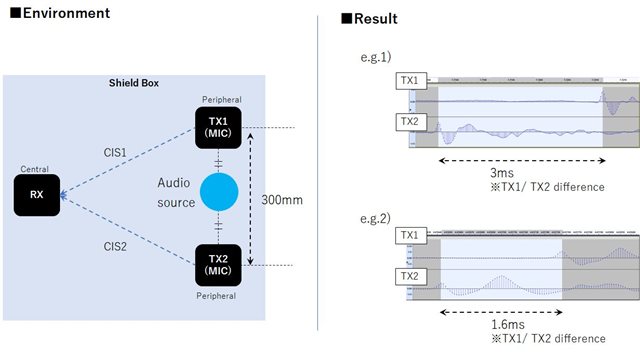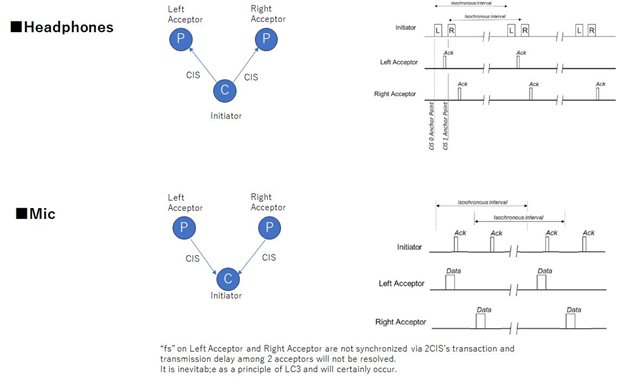We could have found "transmission delay" in 2ch Audio recording sequence.
Here are the detail about the environment of DUT, and phenomenon.
Please find the attached file.
Would it be possible to let us know the possible cause of this delay?
We are using ver2.3.0 as NCS.
In addition, this phenomenon has been found in our pre-production model.
And if you can suggest any test environment provided by nordic's EVK to immitate, it would be highly appreciated.
BR,

